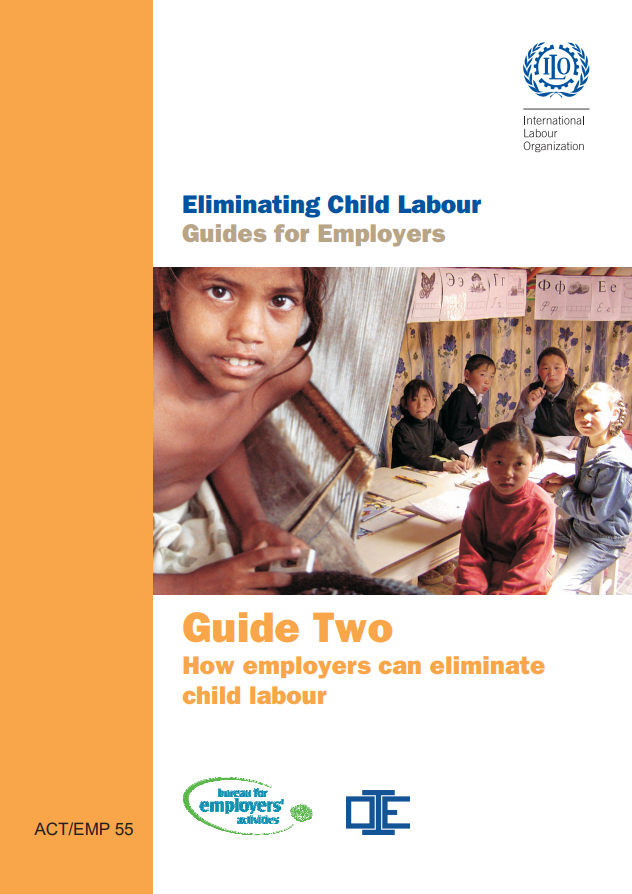Recommendations: Protection of women human rights defenders at risk in migration contexts
GuidanceGood PracticesThese recommendations focus on women human rights defenders at risk in migration contexts (hereinafter, migrant women human rights defenders)–that is, women, girls and gender-diverse persons of all ages who promote and protect the human rights of ...Read More

